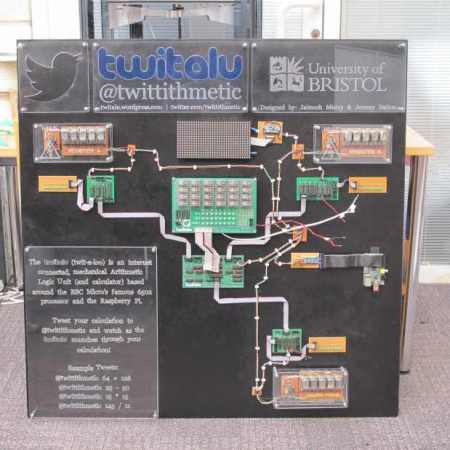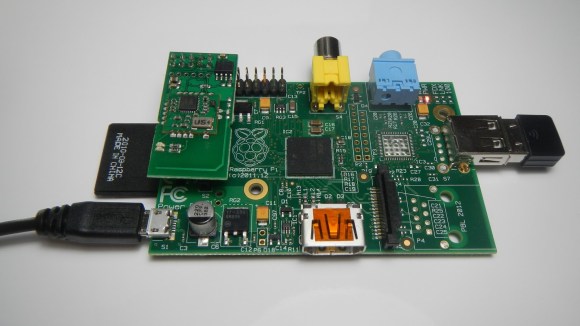
We’re still about 150 years away from the invention of the universal translator by [Lt Cdr Sato] of the Enterprise NX-01, but [Dave] has something that’s almost as good: a speech recognition, translation, and text to speech setup for the Raspberry Pi that theoretically allows anyone to speak in sixty different languages.
After setting up all the Linux audio cruft, [Dave] digs in and starts on converting the guttural vocalizations of a meat speaker into something Google’s speech to text service can understand. From there, it’s off to Google again, this time converting text in one language into the writings of another.
[Dave]’s end result is a shell script that works reasonably well for something that won’t be invented for another 150 years. The video below shows the script successfully translating English to spanish, but it should work equally well with other languages such as dutch and latin, as well as less popular language such as esperanto and french.
Continue reading “Raspberry Pi Becomes A Universal Translator”
















